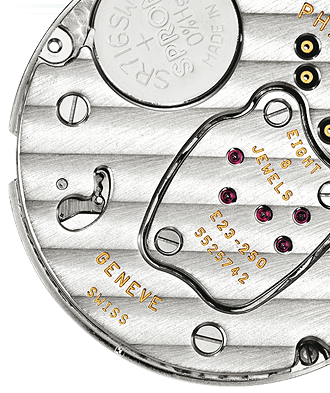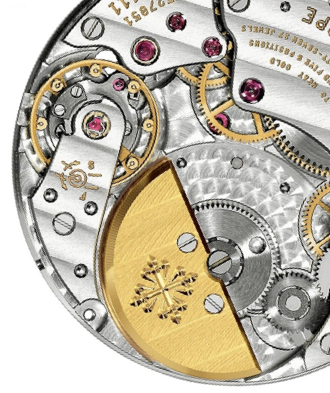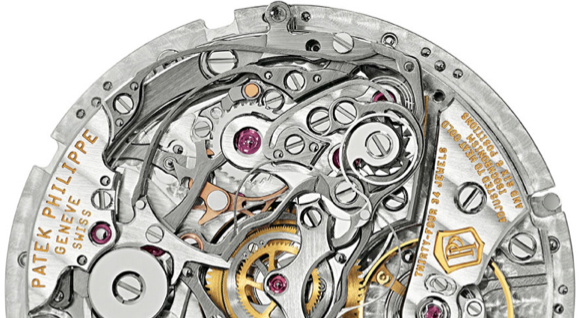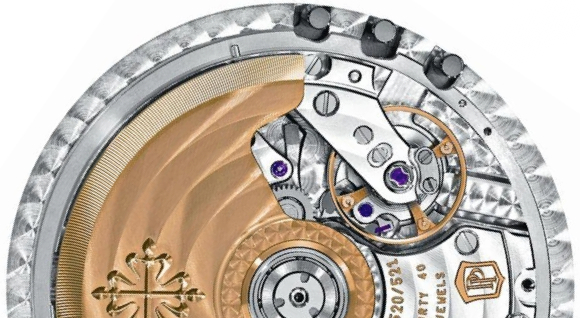Hi All,
Here's some fun facts about Diamond Jewellery. Source: SerendipityDiamonds
Visit Bond Jewellery
What exactly does solitaire mean?
Within a jewellery context, the word Solitaire is used to
describe a single diamond or gemstone set into piece of jewellery. We apply the
generic word to any item of jewellery holding a single stone—a solitaire
diamond ring displays a single diamond.
The word solitaire does not describe a particular diamond
shape. When you ask for a Solitaire Engagement Ring, you are merely referencing
a single stone engagement ring.
Most popular solitaire diamond styles
The most popular solitaire styles vary by diamond shape.
These are a list of some of the most popular solitaire shaped in order of
popularity.
What makes the solitaire ring so popular?
Solitaire engagement rings have featured within the
advertising campaigns of many famous jewellery houses – Especially Tiffany
& Co. Engagement ring campaigns created by De Beers resulted in an iconic
status for the single diamond engagement ring.
























